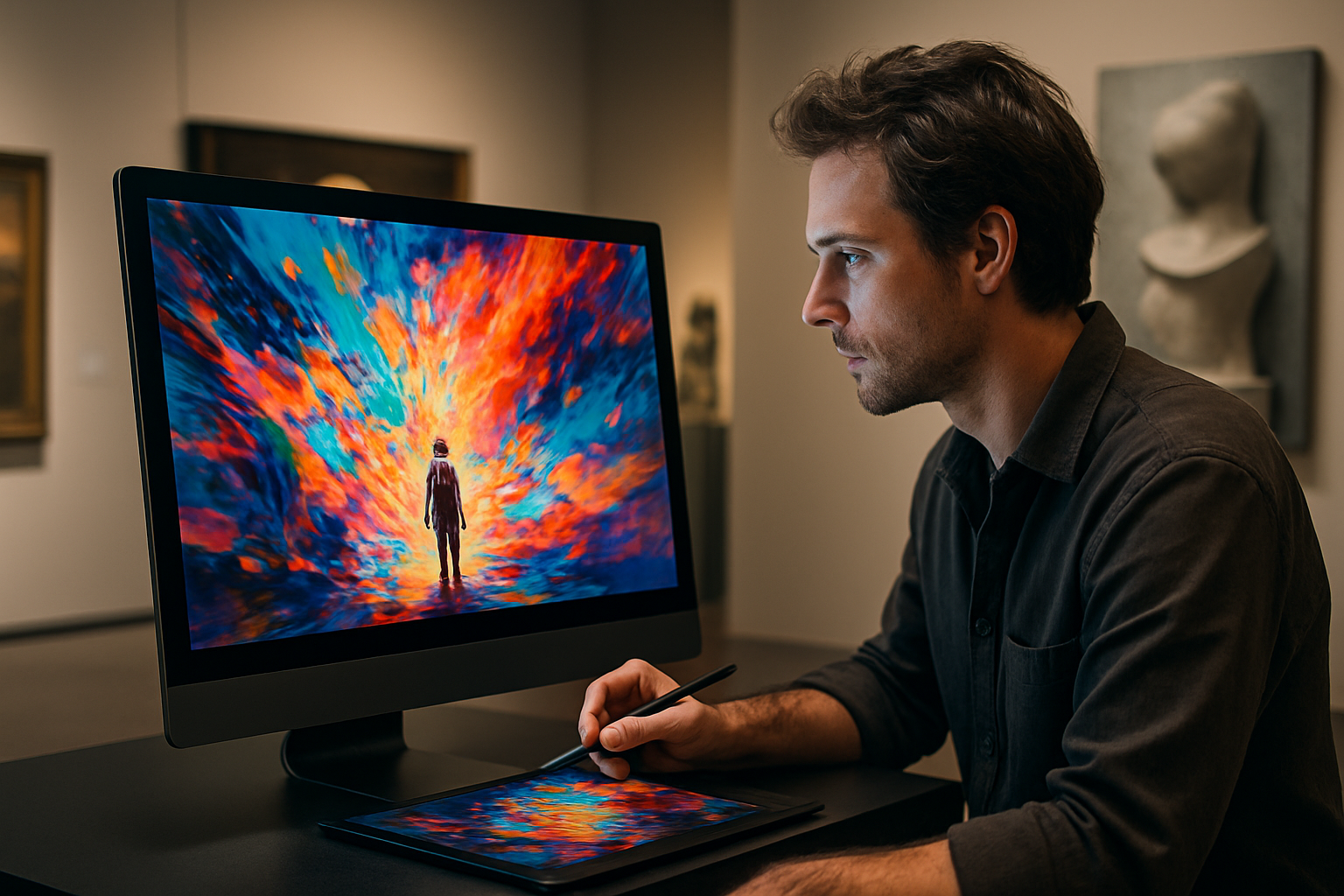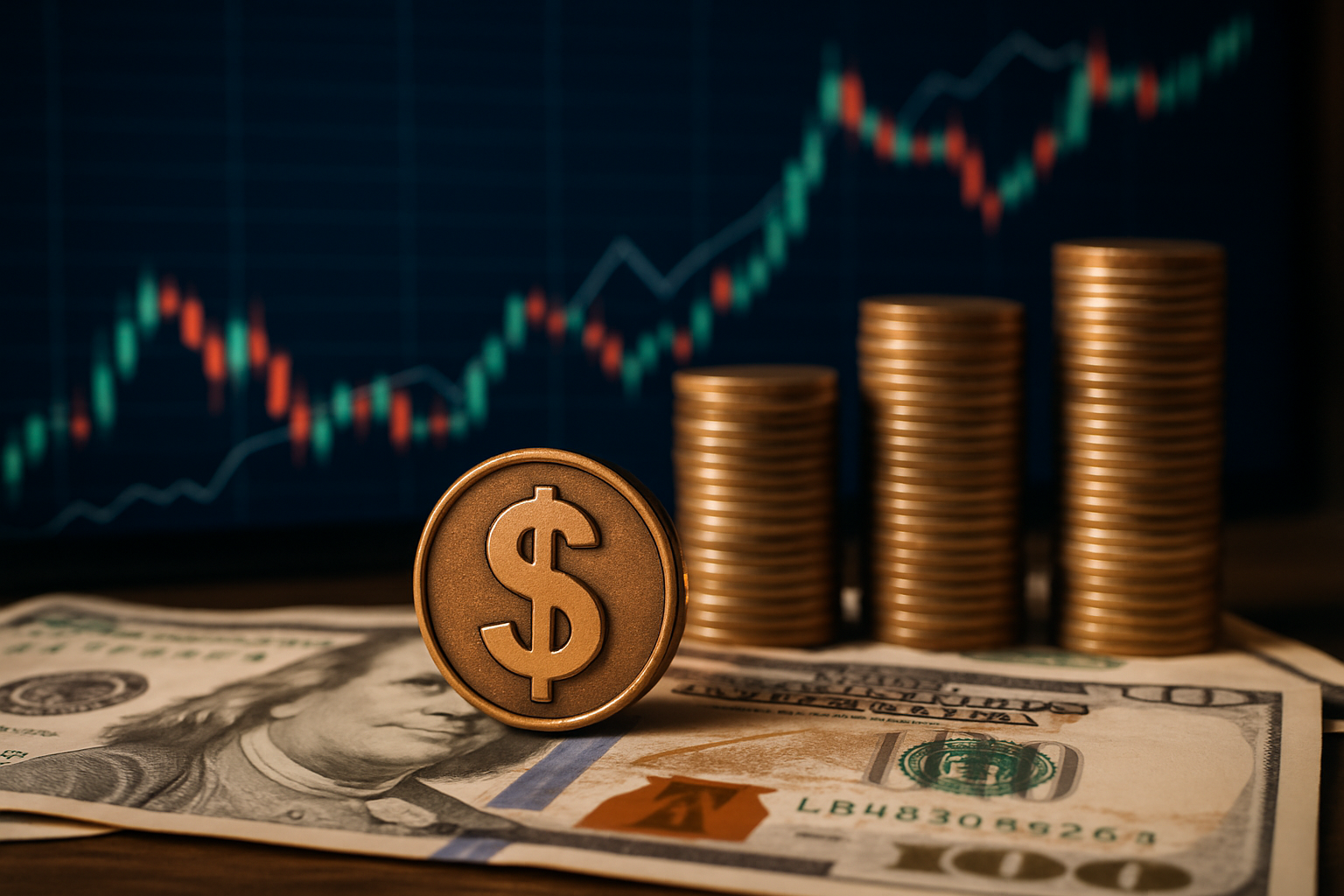Transcending Boundaries: The Impact of Digital Art in Contemporary Society
In today's digital age, the world of art continues to evolve and adapt, with digital art becoming increasingly significant. This burgeoning form of creative expression has not only altered the way we perceive and interact with art but has also brought forth a new wave of artists who utilize technology to create their masterpieces. Let's delve into the compelling world of digital art, its historical journey, the latest trends, and its profound influence on the art scene and society at large.

From Pixels to Portraits: A Brief History of Digital Art
Digital art, in its broadest sense, refers to art created using digital technology as an essential part of the creative or presentation process. The genesis of this art form can be traced back to the 1960s when pioneering artists began experimenting with computer graphics. One of the early proponents of digital art was Harold Cohen, who created AARON, an artificial intelligence program that could produce art autonomously.
Over time, significant advancements in technology paved the way for the democratization of digital art. The advent of personal computers and software like Adobe Photoshop in the 1980s and 1990s made digital art more accessible to artists worldwide, leading to its widespread popularity.
Digital Art Today: The Dawn of a New Era
Fast forward to the present day, where digital art continues to evolve and redefine the boundaries of artistic expression. In the age of social media and the internet, digital art has become a global phenomenon, with artists leveraging digital platforms to showcase their work and engage with a wider audience.
The recent trend of NFTs, or non-fungible tokens, has also revolutionized the world of digital art. NFTs allow digital artworks to be bought and sold like physical pieces, offering artists a new avenue to monetize their work and connecting them directly with collectors and art enthusiasts.
The Significance and Reception of Digital Art
As digital art continues to gain prominence, it is reshaping the cultural and artistic landscape. This art form has blurred the lines between high art and popular culture, challenged traditional notions of authorship and originality, and expanded the range of artistic possibilities.
While digital art has its share of critics who question its legitimacy and artistic value, it is undeniable that it has made art more accessible and inclusive. By democratizing the production and consumption of art, digital art has disrupted the exclusivity of the art world, allowing a broader range of voices to be heard and appreciated.
The Future of Digital Art: A Brave New World
Looking ahead, the future of digital art appears bright and full of potential. With advancements in virtual reality, augmented reality, and artificial intelligence, artists will have even more tools at their disposal to push the boundaries of creativity.
Regardless of the technology or medium, the essence of art remains the same – to evoke emotion, provoke thought, and reflect society. As we navigate this brave new world of digital art, it is clear that it will continue to influence and inspire us in ways we can’t yet imagine.





